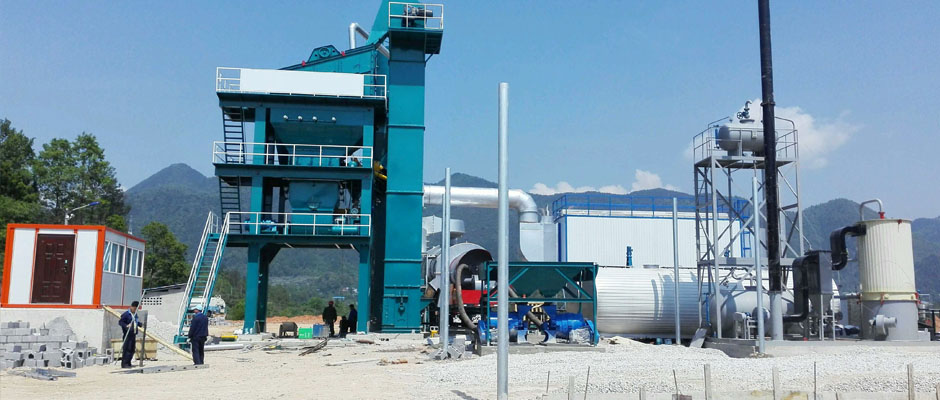Asphalt concrete mixing plant is critical for construction quality and efficiency in the asphalt pavement. Most of asphalt mixing plants for domestic high grade roads are imported and the capacity is at least 160t/h. With years of experience in asphalt concrete production and construction, we know well that asphalt mixing plant efficiency and concrete quality has direct impact on the failure of asphalt plant and like to provide some information to promote asphalt concrete development and improve high grade asphalt pavement quality.

1. Unstable output capacity and low efficiency
It is commonly seen in practice and the causes for this phenomenon are listed as below.
a. Asphalt concrete ratio is inappropriate.
b. Sand and rock grading is unqualified.
c. Too much moisture in sands and rocks.
d. The caloric value in fuel oil is rather low.
e. Parameter for the plant is set incorrectly.
2. Inconsistent discharging temperature
Temperature control is a key to asphalt production. If it is too high, the asphalt will be easily burnt and discarded as it is useless; if it is too low, the binding between asphalt and aggregate will be uneven and discarded too. The possible causes for this phenomenon are as below.
a. The bitumen heating temperature control is inaccurate.
b. The aggregate heating temperature control is not precise.
3. Unstable asphalt and additive ration
The ratio of asphalt and additive including aggregate and filler is playing an important role in asphalt concrete quality. If it is too large, the pavement will form oil cakes; if too small, the concrete is loosen and pavement is shapeless after rolling. The main reasons are as follows.
a. Dust content is way beyond the required standard.
b. There is something wrong with the weighing system.
4. Bad working environment due to large dusts
Dusts are flying on some construction sites, which greatly contaminates the site and influences the operators health and performance. There are two reasons for heavy dusts.
a. Dust content in sand and aggregate is higher than regulated rate.
b. Poor dust collection performance by the dust collection system performances .